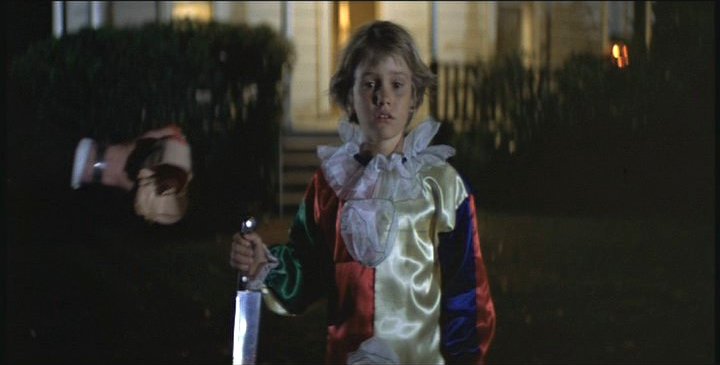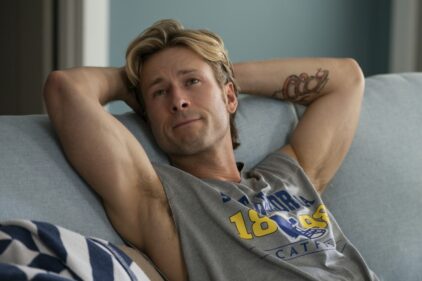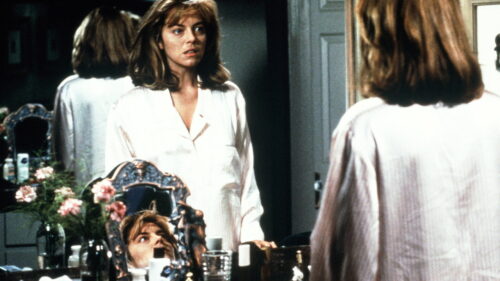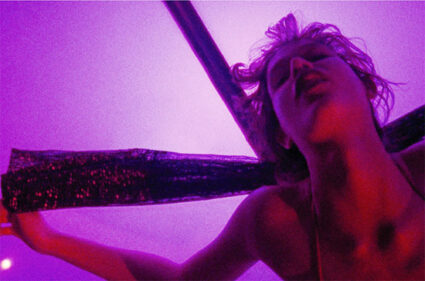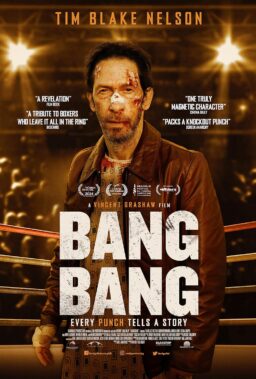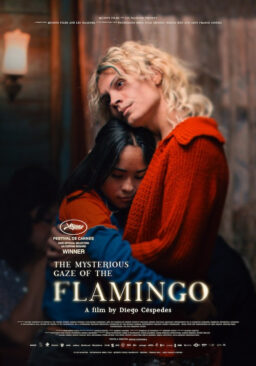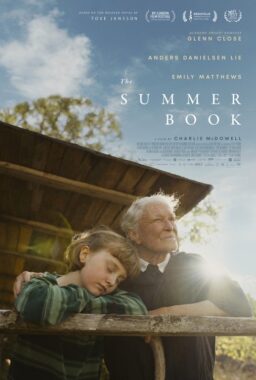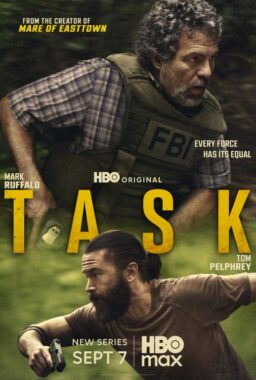The following is the latest installment of “30 Minutes on:,” a feature at the MZS blog wherein the author spends exactly 30 minutes writing about a movie, then hits publish.
Evil doesn’t run in John Carpenter’s “Halloween.” It walks. And that’s much scarier. It’s also key to the durability of director John Carpenter’s breakthrough film, a prototypical Very Scary Story of the sort that camp counselors would tell children around a campfire.
Not coincidentally, it was around such a campfire that I heard the entire plot of “Halloween” recited by a St. Marks Day Camp counselor named Clyde during the summer of 1979, when I was 10—definitely too young to get into an R-rated movie like “Halloween,” and arguably too young to be hearing the tale recounted even in the most general outlines. Clyde often responded to requests for scary stories by retelling the plots of movies that most of his charges were too young to have seen. He rarely told us that we were hearing detailed plot synopses rather than tales handed down over the generations as part of The Oral Tradition; I like to imagine that, years later, when they happened across the films on cable or saw them at a midnight movie screening or in a college film class, they’d sit there wondering why the thing seemed so familiar, and figure it out when they heard Clyde’s voice in their memories imitating ambient sound effects at the moment that they occurred onscreen—such as the “ShhhKRUTCHHHH!” sound that he made as he described the escaped maniac Michael Meyers’ pinning P.J. Soles’ teenage boyfriend to a kitchen wall with his butcher knife, followed by the even more eerily accurate impression of the killer’s breathing behind his rubber mask as he stood there studying his handiwork; Clyde would have made a great sound effects artists, I bet.
This is all quite a digression, but I mention it because I can’t think of “Halloween” without remembering Clyde imitating Michael Myers’ gait without standing. He’d make his face go blank and then he’d sort of sway faintly from side to side, to suggest “unhurried walking.” The movie takes its cues from Michael’s walk. It is directed by Carpenter in thoughtfully composed CinemaScope frames, in takes that are often quite long by modern horror cinema standards, with a simple, synthesized score that’s deliberately, monotonously repetitious and enormously effective for that very reason, and accompanied by sound design that stresses at most one or two important things at a time, such as the exaggerated sounds of footfalls on grass or on wooden floors, or birds or insects, or the wind making the fall leaves skitter across the suburban Illinois lawns and streets.
Although the film is subtler and more sparing about depicting brutal violence than you probably remember—like Hitchcock and Spielberg, Carpenter has a knack for making you think you saw more than you did—it’s quite literal-minded, or maybe you could say “direct,” in how it shows you what’s happening, and in the way it delineates the spaces in which the action is taking place. There are lots of moments where you feel absolutely certain that you know what’s going to happen next (like when P.J. Soles sees the killer in a bed sheet and glasses and thinks it’s her lover, and you immediately know in your gut that it isn’t) and the suspense comes from seeing the characters fail to understand what’s absolutely positively without-a-doubt going to happen next no matter what they say or do (that she keeps thinking the person in the sheet is her boyfriend, long past the point when she should figure it out, makes the entire scene feel more unnerving, because it pushes it past what Roger Ebert called the Idiot Plot syndrome and into the realm of nightmare logic). Carpenter’s relaxed, open, sometimes plodding manner would seem a counter-intuitive way to direct a film about teenagers being stalked by, and in some cases running away screaming from, a killer who just got out of the mental institution where he’d been imprisoned for twenty years after a murder spree on Halloween night. But it turns out to be the movie’s aesthetic masterstroke, because it transforms “Halloween” from just some horror movie into Every Horror Movie, indeed Every Scary Story Ever Told. The subtext of every set piece of suspense or violence is the same: “Death is coming and you can’t stop it.” Michael is the Grim Reaper in a store-bought William Shatner mask. His butcher knife is his scythe. In an early sequence of kids walking home from school, you feel the presence of death behind every hedgerow. Anyone could be taken at any moment, and they have no say in it, no say at all.
That’s a brilliant attitude to adopt when making a movie as simple, even thinly plotted and characterized, as the original “Halloween.” There are no fully realized people save for Dr. Sam Loomis (played by Donald Pleasance, and a character whose name is a “Psycho” reference) and the only character to successfully cheat Death, the heroine Laurie (Jamie Lee Curtis, daughter of Janet Leigh, star of “Psycho”—how beautiful these homages seem in retrospect, considering how much Carpenter learned from Hitchcock). For the most part they’re just manifestations of the town’s repression of its past—a charitable way of saying that they’re butcher’s meat. They’re treated as pawns by Carpenter and his co-writer and producer Debra Hill, then-exploitation filmmakers with the mentalities of artists who used archetypal images and clever filmmaking to overcome budgetary restrictions and make a small film feel big.
The film was actually shot in a residential neighborhood of Hollywood, California, during summer. Sometimes you spot California license plates on the cars, there are stray moments when you can see Carpenter’s cigarette smoke drifting into the frame. While the visuals are mostly impeccable, the whole story has a slapped-together quality, as if it were not so much written as spontaneously devised around a campfire by a counselor who had run out of classic spook stories to scare kids with but had seen a lot of movies and could do sound effects. When you think of the film, you probably hear the main melody of Carpenter’s score in your head and think of an image in wide shot: Michael staring at a body pinned to a wall, or standing on a lovingly manicured lawn, way in the back of the frame, then walking slowly toward the person he’s absolutely going to kill—it’s only a matter of time.

